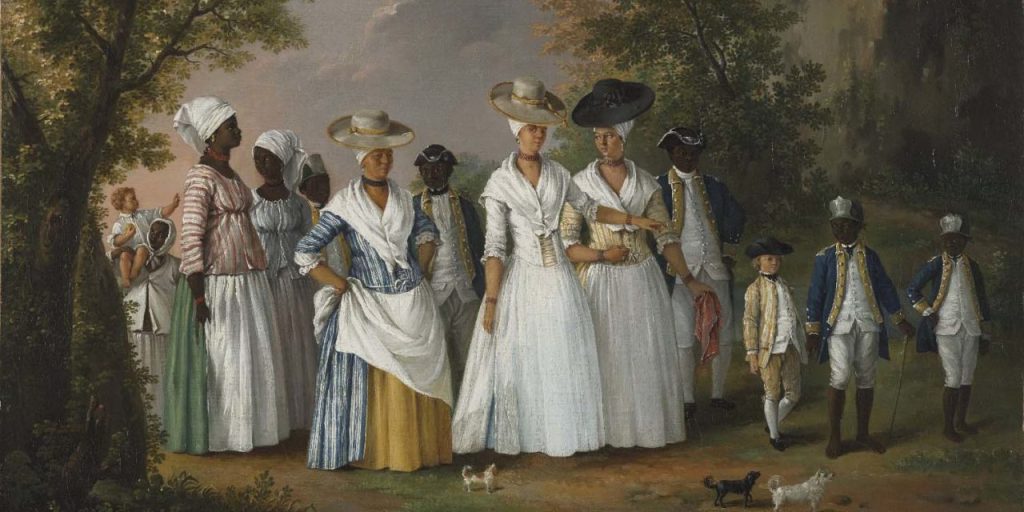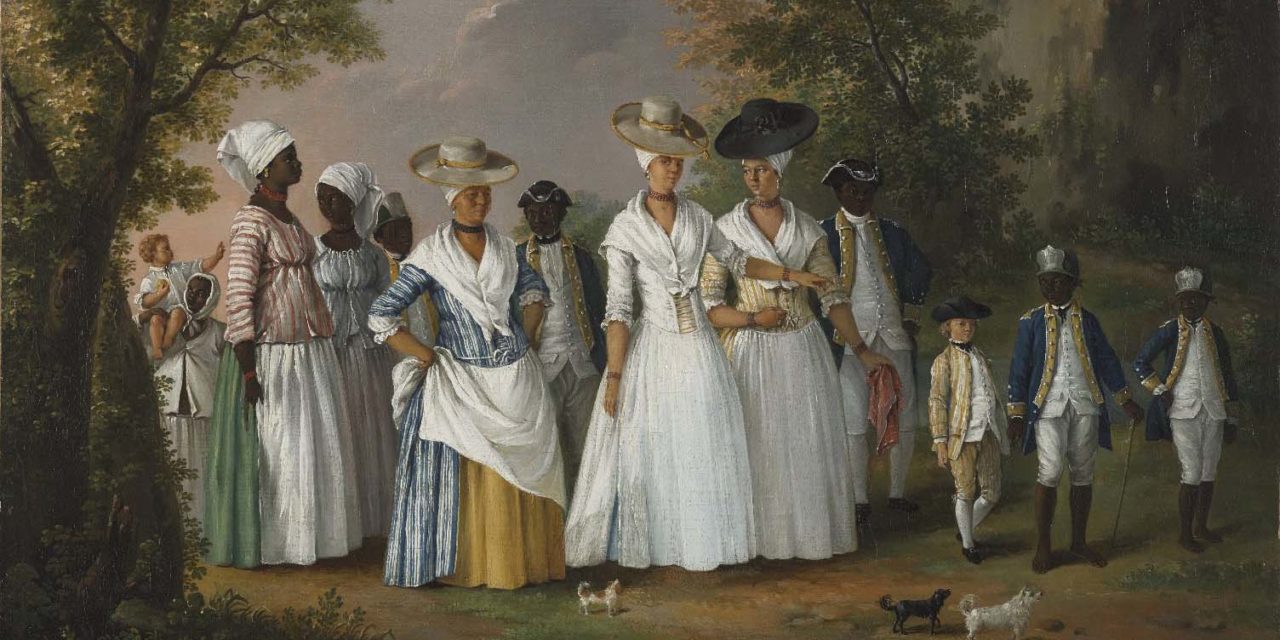
Portrait of Enslaved Man Corrects Historical Inaccuracies

For decades, Frederick Baker’s story was overshadowed by a romanticized narrative of his enslavers in Longwood mansion, Natchez, Mississippi. Recent research into the 19th-century oil painting “Portrait of Frederick” by C.R. Parker has shed light on Baker’s life of hardship under enslavement, challenging the long-standing false tales told by Longwood guides.
The painting, now owned by Crystal Bridges and the Mississippi Museum of Art, is one of two surviving portraits of enslaved individuals from Mississippi. The other, “Portrait of Delia” by James Reid Lambdin, shows another enslaved person from the period.
Katy Morlas Shannon, a historian, delved into archival materials to uncover the truth about Baker’s experiences. Her research reveals the violent and arduous existence Baker endured, contradicting claims that his former owner, Haller Nutt, was a kind man. Instead, Shannon’s findings highlight the romanticization of the Confederacy and the erasure of slavery’s brutal realities.
The Pilgrimage Garden Club, responsible for Longwood’s tours, has been criticized for perpetuating these myths, neglecting the site’s dark history of enslavement in their narratives.
Though why Baker’s portrait was commissioned remains unclear, it served as another means of objectifying him. Despite being its sole subject, the painting represents a forced depiction beyond Baker’s consent.
“Portrait of Frederick” is on display at the Mississippi Museum of Art until December 1, exploring the complex representation of Black subjects in historical art. It will later rotate between the museum and Crystal Bridges, offering a platform for further discourse on this significant yet painful part of American history.